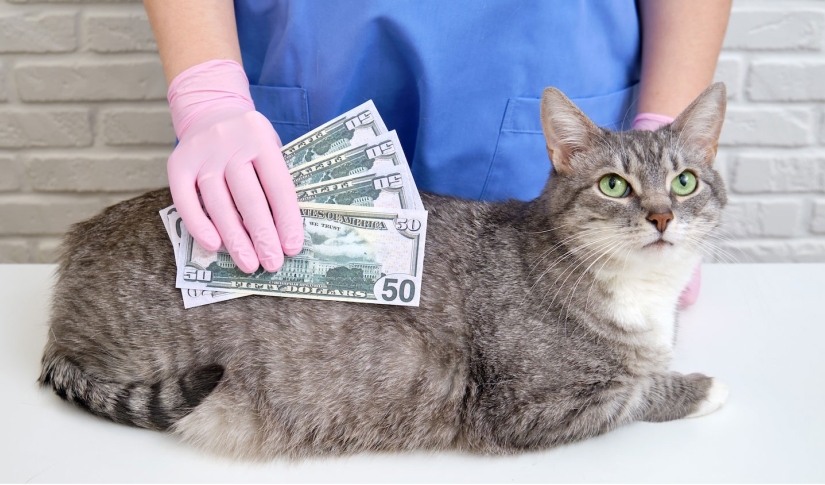How to Increase Revenue Without Raising Prices: 6 Smart Strategies for Veterinary Profitability

Your veterinary practice is a business, and businesses need profits to survive. Raising prices can only get you so far toward your veterinary profitability goals and may not be the ideal strategy for improving the hospital’s bottom line. As pet owners become increasingly sensitive to the rising cost of care, practice owners should find sustainable ways to drive revenue growth. Here are six strategies to consider trying in your veterinary practice.
1. Streamline workflows
Efficiency strategies can increase total revenue and veterinary profitability without adding costs, which could be passed on to clients in the form of price increases. Small changes here and there, such as fewer appointment gaps on the schedule, faster check-in procedures, or scaled-down SOAP templates, can free up time to see more patients.
Veterinary practice management software can help you overhaul protocols and improve efficiency in many hospital areas. Automating reminders and follow-up task assignments is a great place to start. The right software platform can simplify operations across the board—if you’re using a legacy system that’s slowing you down, consider upgrading to a modern, cloud-based PIMS.
2. Focus on preventive care and wellness
Wellness services are critical to pet health, but they can also anchor your general practice with a steady revenue stream. Pets will always need routine check-ups, vaccinations, diagnostic screening tests, and parasite prevention, but not all clients see the value in these services. A renewed focus on preventive pet healthcare can re-establish revenue stability and veterinary profitability.
When clients understand the value and importance of wellness care, they’re more likely to stick to recommended care schedules and develop a relationship with the veterinary team. If your routine care compliance is less than ideal, consider trying an email marketing or social media campaign to increase awareness and engagement.
Wellness plans are another effective way to boost compliance and generate a steady cash flow. These service bundles make care more affordable for pet owners, who pay for a year’s worth of preventive care in monthly installments. Try partnering with a third-party plan provider that integrates with your veterinary software to minimize billing and administration headaches.
3. Add services and value
Expanding your veterinary services without incurring the expense of additional equipment is possible. Think about how you can meet or exceed pet owners’ needs to enhance the client experience in creative ways, such as:
- Telemedicine
- Behavior consults
- Nutrition counseling
- Basic rehabilitation services (e.g., therapeutic exercises, range of motion, massage)
- Non-wellness service packages
- Fear Free® methods
Adding new services might take only a bit of extra training or may draw on skills your team already has but isn’t using. Adding them can boost client satisfaction and veterinary profitability by providing ongoing and comprehensive pet care support.
4. Empower your team
Underutilized team members are a silent drain on veterinary profitability. If your veterinary technicians or support staff are spending their time on tasks that don’t leverage their education or skills, your clinic’s efficiency and staff job satisfaction could suffer.
Training and continuing education can help team members feel confident in their skills, especially if they’ve gone unused for an extended period. When technicians are allowed to operate at the top of their license, they offload much of the veterinarians’ tasks, enabling the veterinary clinic to care for more patients within a given time frame.
5. Bring in and keep new clients
You don’t have to spend a fortune on marketing to grow your client base. Consistent and authentic use of social media can boost awareness and engagement within your local community. Highlight patient stories, share educational content, and encourage clients to refer friends and family to your feed and the clinic.
You can also incentivize word-of-mouth referrals and new client sign-ons with discounts, then keep clients engaged with a loyalty rewards program. If you have a cloud-based software system, you can partner with a third-party rewards management program to make the process seamless for clients without adding extra work for the team.
6. Reduce no-shows and improve compliance
Missed appointments cost your practice time and can hamper long-term veterinary profitability. Automated reminders, two-way texting, and digital confirmations are simple ways to improve appointment show rates. When clients become repeat offenders at canceling at the last minute or missing appointments, a deposit policy can protect the schedule from lost revenue.
Getting clients to stick to a follow-up schedule can also protect hospital income. Rechecks, lab work, and medication monitoring visits support steady revenue growth and better patient outcomes. Use your veterinary practice management software to automate recheck reminders and keep them from falling through the cracks.
Although raising prices to keep up with inflation and the cost of doing business is appropriate, you can’t rely solely on this strategy for sustained growth and veterinary profitability. Tweaking workflows to optimize efficiency, establishing wellness care as a steady revenue stream, and expanding services strategically to leverage your team’s skills ensure your hospital can continue to deliver veterinary care that supports client loyalty and long-term success.



